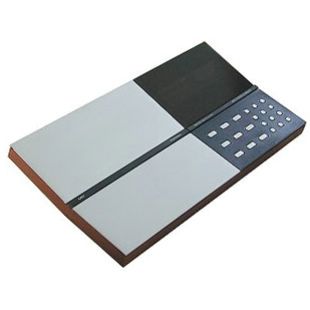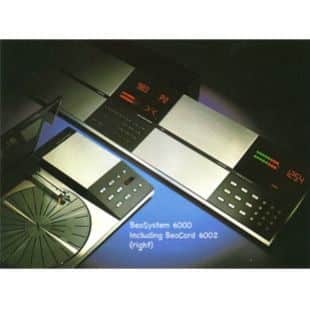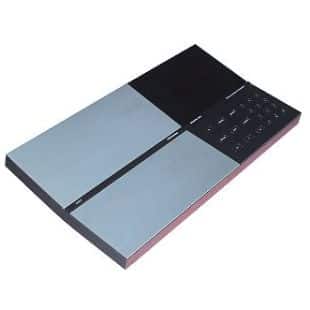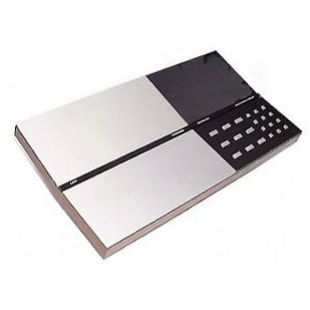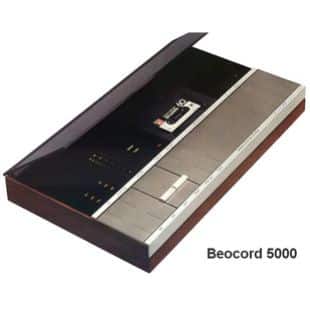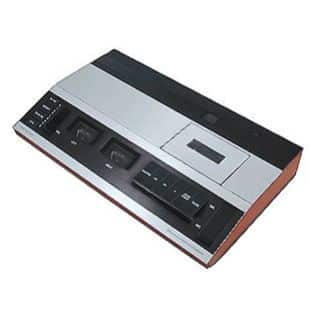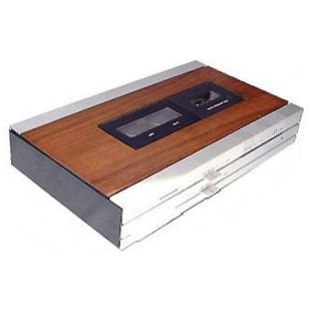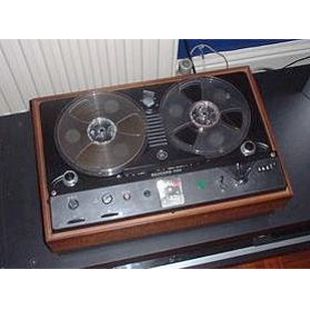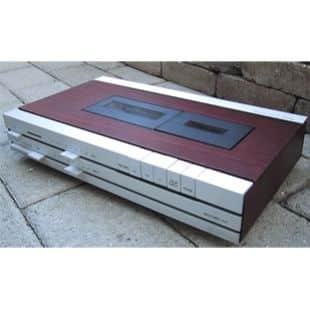BeoCord 8000
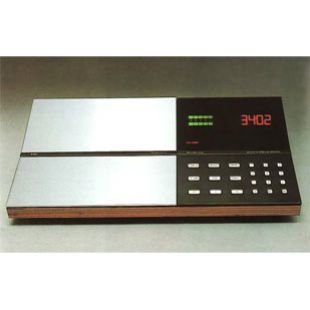
When you used metal tape cassettes in the Beocord 8000 you obtained the same high quality sound you were used to from a good gramophone record. Careful choice of components and materials, creative engineering and technical excellence all made this possible.
But superb sound reproduction was only one of the benefits you got from this advanced cassette deck, which replaced Beocord 5000. Of equal importance was the fact that time, through Beocord 8000, came to the cassette deck. Bang & Olufsen used it to measure tape consumption. Quite simply, instead of using meaningless digits, minutes and seconds were used instead. This allowed you to locate specific tracks of music easily and accurately for immediate replay. Just tell the Beocord 8000 where to start, in minutes and seconds and let the set’s microcomputer do the rest.
This feature also helped you plan recordings and thereby ensure maximum use of your tapes. During play, Beocord 8000 measured and displayed the exact amount of tape consumed so that you always knew how much playing time was left on the cassette. And the Beocord wouldn’t let you make mistakes: if you gave incorrect instructions, reject signals flashed on the set’s display panel. The microprocessor which made the real time counter possible was also used to provide a digital clock for timer recording. In normal use the clock did not show on the display, but it could be programmed to start the tape either playing back or recording any time within 24 hours.
The button marked ‘RETURN’ afforded great convenience during recording. Together with the automatic tape position indicator, it enabled you to edit your tapes electronically. The split-channel Peak Programme Meter eased the setting of recording levels and was extremely accurate. It indicated the actual signal that was being fed to the tape, for each channel, rather than that which was being received at input.
Underneath the brushed aluminium panel was the cassette compartment, sliders for setting recording level, an independent slider for adjusting volume level on headphones, facilities for timer programming and adjustments for secondary functions.
For example, you could instruct Beocord 8000 to make recordings of radio programmes while you are out. In short, everything was done to ensure total listening pleasure in terms of sound reproduction and convenience.
Beocord 8000 could be used as a stand-alone tape cassette recorder or as part of hi-fi systems such as Beosystem 6000 or Beosystem 8000.

